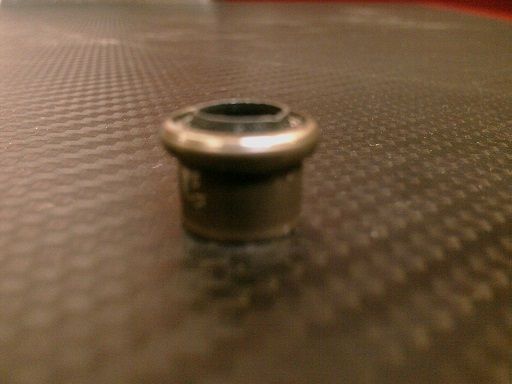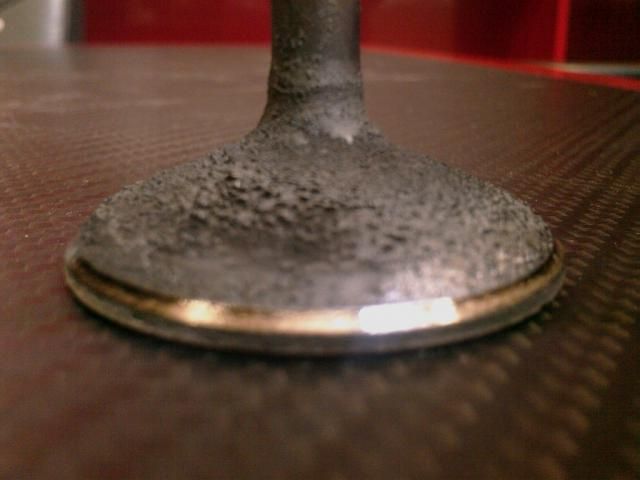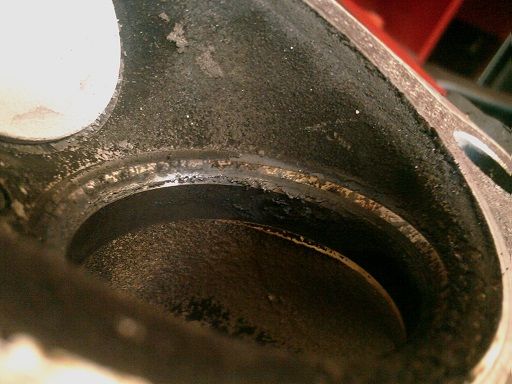Gizmo
Club Member
So the X1 brake pad replacement which has now evolved into a major top end rebuild has thrown up a number of curveballs!
The latest one is the inlet valves. I have a lot of carbon in the heads, too much for a 22K motor in my book, Stripped the heads down to clean them up and the inlet valve seats are shot to sh!t
Looks to be too badly pitted to clean up (going to attempt it again at lunchtime). I have never seen inlets in this condition. Exhaust valves look perfect.
Any guesses what has caused this to happen? There are clear signs that combustion gas has been feeding into the inlet port.
Pistons look fine. There are still witness marks form the original hone on the bore so its in good shape but it was burning a bit oil which I put down to the valve guide seals which I am upgrading.
The latest one is the inlet valves. I have a lot of carbon in the heads, too much for a 22K motor in my book, Stripped the heads down to clean them up and the inlet valve seats are shot to sh!t
Looks to be too badly pitted to clean up (going to attempt it again at lunchtime). I have never seen inlets in this condition. Exhaust valves look perfect.
Any guesses what has caused this to happen? There are clear signs that combustion gas has been feeding into the inlet port.
Pistons look fine. There are still witness marks form the original hone on the bore so its in good shape but it was burning a bit oil which I put down to the valve guide seals which I am upgrading.



